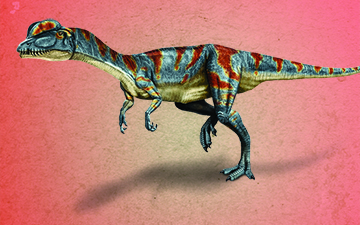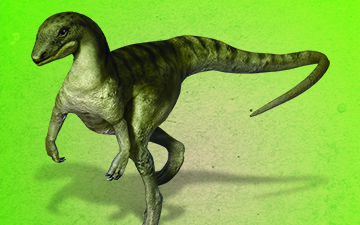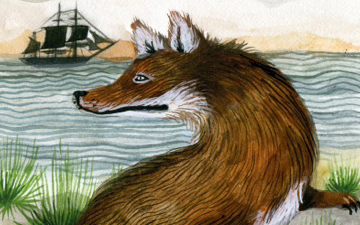Animalia

Dilophosaurus
Dilophosaurus


8 POINTS
Play: Dilophosaurus had a MOVE of 2.
Fact: With its curling fingers, it was able to grasp prey and hold it tight while its powerful claws could tear meat from both living flesh and dead carcasses.

Anaethalion Angustus
Anaethalion Angustus


7 POINTS
Play: Anaethalion had a MOVE of 2.
Fact: This fish fed on small crustaceans, insect larvae and other small animals. It also appeared to move to the sea as young adults to feed on other fish.

Agilisaurus
Agilisaurus


4 POINTS
Play: Agilisaurus had a MOVE of 2.
Fact: Nicknamed “Agile Lizard” due to its long lower leg bones, this dinosaur weighed about as much as a cocker spaniel.

Falkland Island’s Wolf
Dusicyon australis


6 POINTS
Play: This wolf is EXTINCT & has a MOVE of 2.
.
Fact: Its scientific name means “foolish dog of the south,” indicative of its fearlessness, which led to it being easily hunted to extinction.

Pacific Sardine
Sardinops sagax


6 POINTS
Play This fish has a MOVE of 2. Needs to be played next to a PLANKTON species card.
for food.
Fact: This fish is found throughout the South Pacific (brown, green and purple card borders).

Vinchuca
Triatoma infestans



6 POINTS
Play: The vinchuca has a MOVE of 2.
“It is most disgusting to feel soft wingless insects, about an inch long, crawling over ones body; before sucking they are quite thin, but afterwards round & bloated with blood.” Darwin on the Vinchuca, 1835